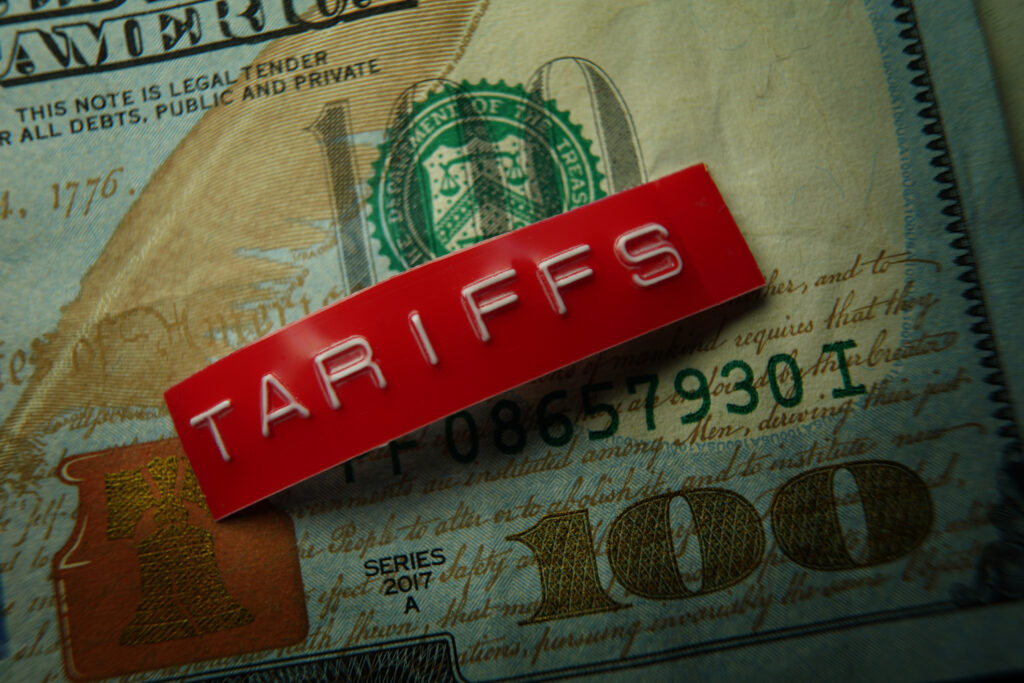A recent bulletin from a major Swiss Bank argues the price of gold has never been higher, its price has peaked, the run up was driven by fear, fear is now waning, and it is time to sell gold.
The price of gold today is around $1,600 per ounce. It peaked in dollar terms roughly a year ago at just under $2,000 per ounce. Prior to the recent run up, the peak price of gold at year-end occurred in 1980 at $612 per ounce. So, let’s look at the price of gold today, taking into account dollar inflation since 1980.
First let’s look at the government’s own Consumer Price Index. In December 1980 the CPI stood at 86.3. In January 2013 it was 230.3. (This is hardly believable; i.e., that prices have gone up only 2.7 times since 1980.) Nevertheless, adjusting for the CPI increase since 1980, the price of gold today should be $1,633 . . . about where it is right now.
Money Supply Inflation
But now let’s look at inflation of the money supply. In 1980, M1 (money in circulation in notes, coins, current accounts, and deposit accounts transferable by check) was $0.420 trillion and M2 (M1 plus time deposits) was $1.605 trillion. As of January 2013, M1 is $2.470 trillion and M2 is $10.445 trillion. So, taking into account the great inflation in M1 and M2, the price of gold should be either $3,600 per ounce (M1 equivalence) or $3,983 per ounce (M2 equivalence) for the price of gold, in dollar terms, to match its price at year-end 1980.
Another way to look at the relationship between the dollar price of gold and dollar inflation is to calculate gold’s dollar coverage price; i.e., for the Fed, which says it owns 262 million ounces of gold, to back the dollar in gold and make it truly redeemable, it would be forced to set the price at either $9,427 per ounce (M1) or $39,866 per ounce (M2). In other words, any lower price the Fed would not be able to redeem all of its dollars.
No Voices for Restraint
One last thing. In 1980, Fed Chairman Paul Volcker was clamping down on the U.S. money supply and would drive interest rates to over 20 percent. Ronald Reagan continued the Carter deregulation policies, and he reduced taxes and slowed government spending. The forces that drove the price of gold to $612 in 1980 were arrested by the policies of Paul Volcker, Ronald Reagan, and, to some extent, Jimmy Carter.
But today government is pursuing the opposite of all four of these beneficial policies. It is pursuing the same policies that drove gold to its previous price peak in 1980, but there are no politically powerful voices advising monetary restraint.
So, which is overvalued today — gold or the dollar?
Patrick Barron ([email protected]) is president of PMG Consulting, LLC and has been a consultant to the banking industry since 1985.




